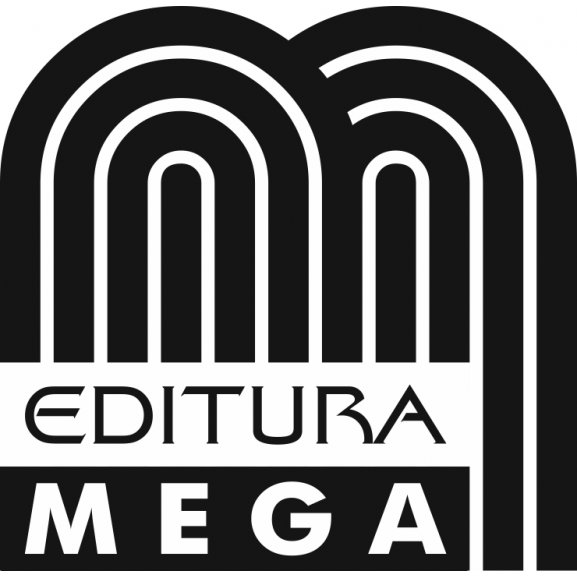Szilárd Sándor Gál
Stories of teeth. A comparative research of human teeth from different archaeological ages in Transylvania
Marisia. Archaeologia-Historia-Patrimonium 5, 2023, p.175-180.
DOI: 10.63509/MrsAHP.2023.5.09
Abstract:
Dental morphology has an important role in examination of health status of ancient communities. The analysis of teeth from different archaeological contexts reflect how many particularities could be observed between people of the past and today`s population. The following study is an attempt to present major periodontal diseases on human tooth from different archaeological periods in Transylvania.



